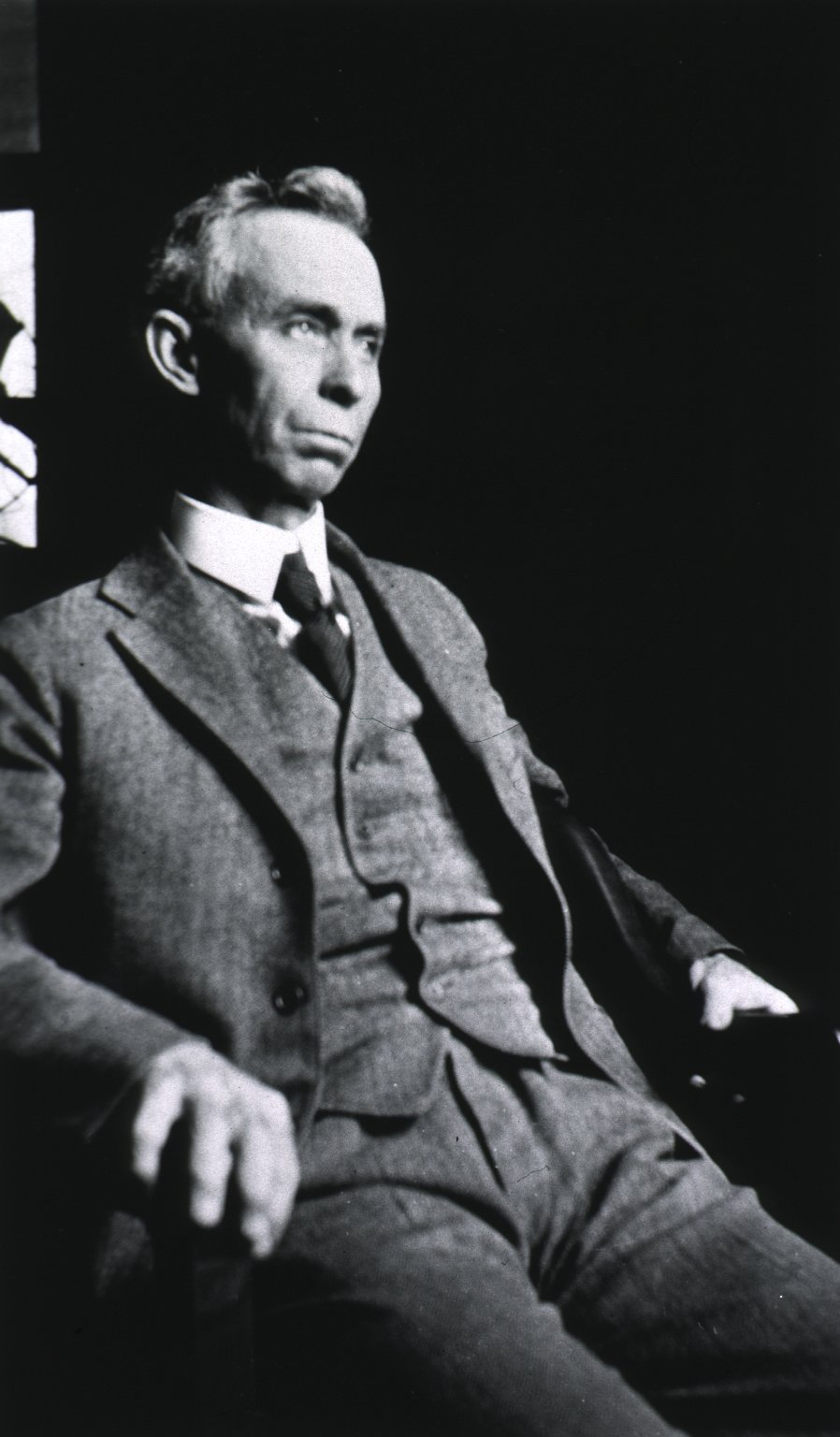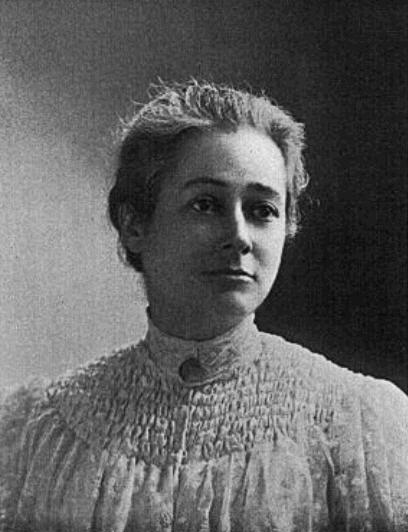Vernon Bailey, chief field naturalist for the U.S. Bureau of Biological Survey from 1890 to 1933, is best known in Oregon as the author of Mammals and Life Zones of Oregon (1936), a remarkably interesting and informative study of the state’s wildlife and ecological regions.
Born on June 21, 1864, in Manchester, Michigan, Bailey grew up mainly in Minnesota. His youthful abilities as a trapper of small animals led to his employment in 1887 as a special field agent for the Division of Economic Ornithology and Mammalogy (renamed the Bureau of Biological Survey in 1905) in the U.S. Department of Agriculture. Because of his exceptional abilities, he was promoted in 1890 to the position of chief field naturalist, a title that he held for forty-three years and that no one else has held since.
In 1899, Bailey married Florence Merriam, whose articles about birds and her book Birds through an Opera Glass had made her a well-known ornithologist. The Bailey team was responsible for studying mammals and birds during trips up the McKenzie River Valley at a time when Vernon was engaged in a general survey of mammals of the central Oregon Cascade Range. Vernon contributed a number of species accounts to Florence’s Handbook of Birds of the Western United States, which went through multiple editions in 1902-1935. Vernon made contributions about birds to other publications as well, including his call for protection of the Great Basin lakes as bird breeding grounds and his lament for the loss of thousands of grebes for the plume trade.
Vernon Bailey did most of his extensive fieldwork in the West, often with Florence. The extent of his travels is evident in Mammals and Life Zones of Oregon, which includes maps indicating where specimens of each species had been collected. It is possible to see, for example, where Oregon wolves were located in the early twentieth century as well as where Bailey and other collectors traveled. One unusual aspect of the book is that it included Native American names for many mammal species, in addition to scientific and common English names.
The inventor of many ways to trap mice and other small mammals, Vernon Bailey became known as a national expert in that subject, discovering some rodents that had previously been unknown. He was well known for designing live traps, for which he received awards from the Humane Society, and was a founder and president of the American Society of Mammalogists and a member of the American Ornithologists’ Union. He published some 244 articles and books on natural history.
Bailey died in Washington, D.C., on April 20, 1942, at the age of seventy-seven. His obituary pointed out that “even the ablest naturalists had seen only by accident many of the small mammals that became well-known when Vernon Bailey had discovered and shown others how these animals might be taken.” In 1992, the Oregon Geographic Names Board assigned the name of Mount Bailey to a peak in the southern Oregon Cascades to honor Vernon Bailey and Florence Merriam Bailey.
-
![]()
Vernon Bailey.
Courtesy U.S. National Library of Medicine, b02147
-
![]()
The Mammals and Life Zones of Oregon, by Vernon Bailey, 1936.
U.S. Department of Agriculture
Related Entries
-
![Florence Merriam Bailey (1863-1948)]()
Florence Merriam Bailey (1863-1948)
Florence Augusta Merriam Bailey was an ornithologist and nature writer …
-
![William L. Finley (1876–1953)]()
William L. Finley (1876–1953)
Oregon's birds have had few better friends than William Lovell Finley. …
Map This on the Oregon History WayFinder
The Oregon History Wayfinder is an interactive map that identifies significant places, people, and events in Oregon history.
Further Reading
Bailey, Vernon. Mammals and Life Zones of Oregon. Washington, D.C.: GPO, 1936.
Jobanek, George. An Annotated Bibliography of Oregon Ornithology Prior to 1935. Corvallis: Oregon State U. Press, 1997.
Kofalk, Harriet. No Woman Tenderfoot: Florence Merriam Bailey, Pioneer Naturalist. College Station: Texas A&M University Press, 2000.
Schmidly, David J. Vernon Bailey: Writings of a Field Naturalist on the Frontier. College Station: Texas A & M University Press, 2019.
Zahnizer, Howard. “Vernon Orlando Bailey, 1864-1942.” Science (July 3, 1942): 6-7.




